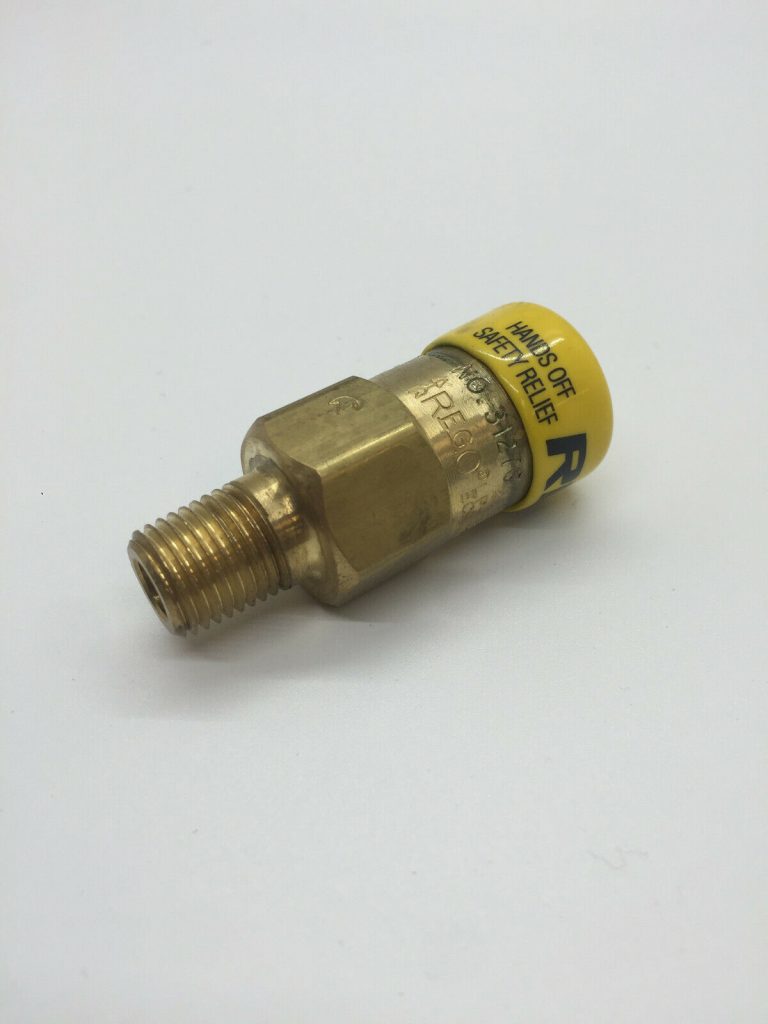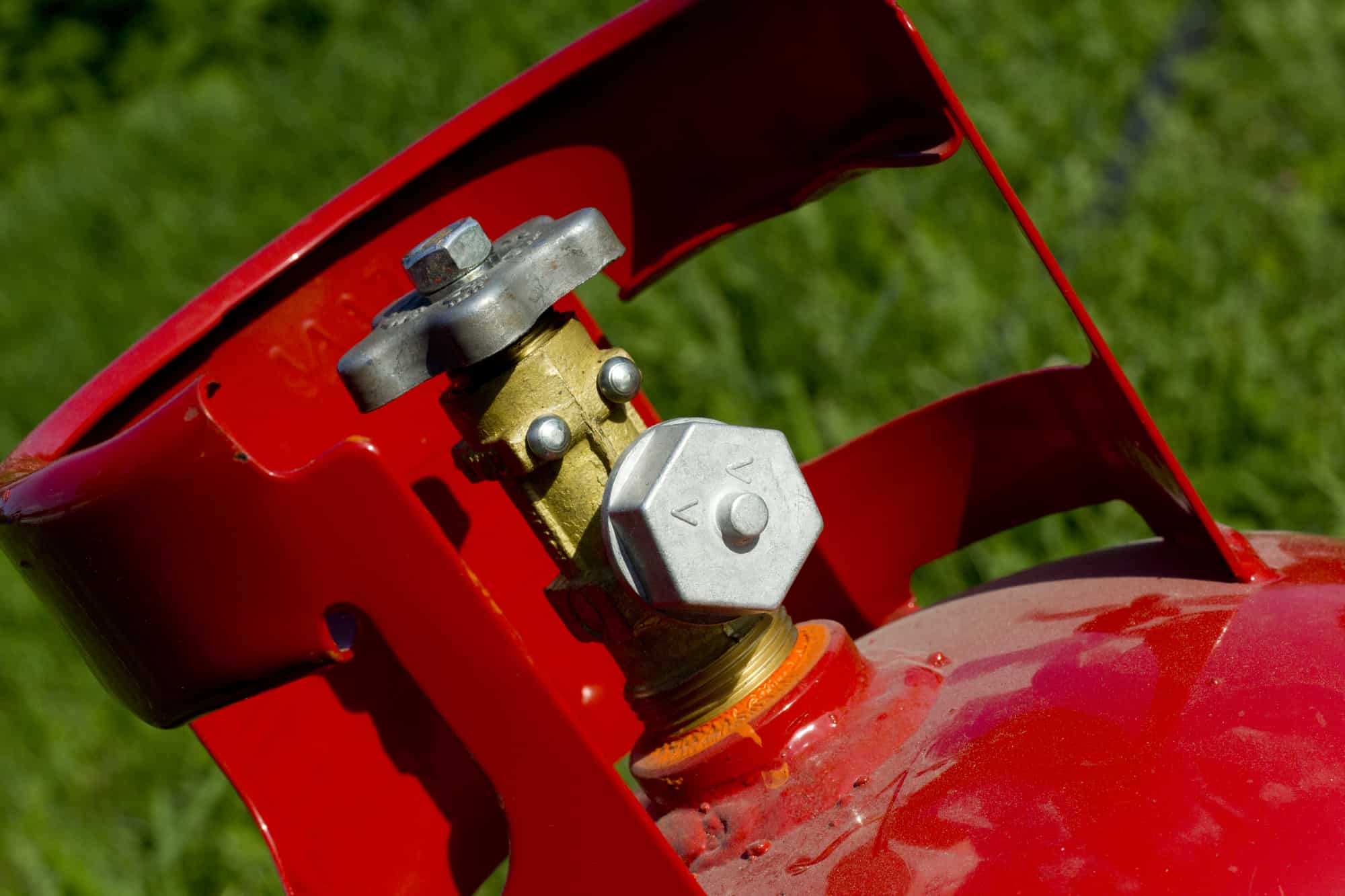Propane tanks truly are the workhorse of energy storage. They have a big job — making sure your liquid propane stays in one place without evaporating.
It’s tempting to want to fill your propane tanks as high as possible, but how high is too high? The last think you’d want to do is have a rupture / explosion on your hands!
Like most things, the amount of pressure you can put into a propane tank depends on a large number of factors. The pressure limit is variable for different tank materials and sizes. However, you can expect most propane tanks to have a LPG pressure capacity between 100 and 200 PSI (source).
Keeping the propane between 100 and 200 PSI ensures that the propane stays in a liquid state.
The devil is, of course, in the details. There are a couple of overall principles we should get out of the way before going any further.
- Liquid propane tanks will lose pressure in the colder months, as the frigid temperatures increase the density of the liquid.
- Conversely, they will gain pressure in the hotter months as the heat causes liquid propane to expand.
I’m not going to discuss how ambient temperature impacts tank pressure. However, know that if you fill a tank to the brim during cold weather, the pressure will increase as the weather warms up!
For example, a standard 20-pound propane tank at 70 degrees will have 145 psi internal pressure. That same tank on a 100-degree day will have 172 psi of pressure.
source
Safety Relief Valves Help Protect You
I’d like to take a moment to talk about the safety relief valves on propane tanks.
Since you’re here reading this article, there’s a good chance that you want to be careful when filling your propane tank, or subjecting it to harsh temperature fluctuations.
The last thing that anyone wants is a propane tank that explodes.
Luckily, the vast majority of commercial and industrial propane tanks have something called a safety relief valve. A safety relief valve is a piece of hardware designed to prevent damage caused by high pressure.
It’s usually attached to the propane tank’s gas outlet and will allow gas to escape the tank as soon as the internal pressure hits a specified limit.
The most that can happen on propane tanks equipped with a safety relief valve is a modest amount of wasted propane!
What does a safety relief valve look like?
Are you unsure whether or not your liquid propane tank has a safety relief valve? It’s understandable if so — they aren’t adequately marked in most systems.
While valves come in all shapes and sizes, here is an example of a safety relief valve in the wild.

Eliminating Unnecessary Waste
While wasted propane is preferable to exploding propane tanks, it’s still not ideal.
Luckily, you can take steps to avoid causing wild temperature fluctuations (the most common cause of propane waste from safety relief valves).
To avoid propane loss, first try shading your propane tank using vegetation, an awning, or a dedicated propane cover. Direct sunlight is the second biggest cause of LPG loss in the summertime. Because of this, adequate covering will substantially reduce the leakage.
This will help you reduce the amount of gas you lose and subsequently reduce the number of trips to pick up a new tank!
What about painting the tank?
A lot of folks have the idea of painting their propane tank with reflective paint to reduce gas loss. While this is a great thought, almost all tanks are already painted this way!
In fact, NFPA 58 states that propane tanks must be coated in a reflective paint.
If your tank doesn’t for whatever reason, this should be addressed. If you’d like an example of something that could work, check this tank coating out on Amazon (affiliate link).
While the above product is designed for fuel tanks, I have been assured that it will work for propane tanks as well.
Watch for Damaged Tanks
As propane tanks are exposed to the elements, they often rust. This problem compounds over time and can result in a compromised tank wall.
Simply put, the structural integrity of the tank is reduced when they start to rust. Likewise, the amount of pressure the tank can handle reduces and the risk of rupture skyrockets.
If you notice that your propane tank is severely rusting, remedy the situation immediately!
You can choose to either refinish the tank (assuming the damage isn’t too bad) or simply buy a new one. If you have a larger propane tank, you could also call a professional and ask for their advice.

